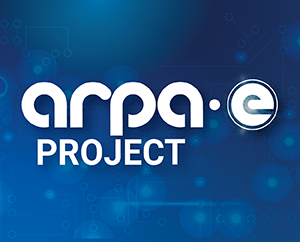Grid Dynamics from City Light

Technology Description:
New York University (NYU) will develop an observational platform to remotely reveal energy usage patterns of New York City using synoptic imaging of the urban skyline. The electrical grid of the future will be a complex collection of traditional centralized power generation, distributed energy resources, and emerging renewable energy technologies. Advanced energy consumption data is required to design and optimize our future grid. At present, the costly and time-consuming installation of smart meters is the only way to obtain this level of building energy information. NYU will harness astronomical lessons from the study of light emitted by stars to propose a method to understand city-level energy consumption using a single platform. This platform will develop proxy measures of energy consumption, monitor the health of the electric grid, and characterize end use. The project will use three different imaging methodologies to measure interior lights at night: persistent broadband visible, hypertemporal, and hyperspectral. Broadband visible imaging of an urban skyline will measure changes in the city lightscape. This variability serves as a proxy for occupancy and behavior patterns that, when combined with “ground truth" meter data, will be used to train models to quantify energy use. Hypertemporal visible imaging can detect and classify tiny changes over time in the oscillations of electrical lights. For urban lightscapes, phase changes in individual units can signal changes in load (e.g. appliances turning on/off), while neighborhood-level changes can indicate the health of distribution transformers. The information from these methods can serve as a low-cost supplement (and potential alternative) to smart meters. Hyperspectral observations, including bands of infrared light not visible by the human eye, allow the team to distinguish lighting technologies at night. By combining this data with their broadband visible observations, the team can uniquely quantify energy use phenomena such as technology penetration and "rebound," where the energy benefits of energy efficient lighting are partially offset by greater use. With these results, utility companies can design targeted outreach efforts to incentivize energy conservation at the consumer level. Utility providers can use these insights to improve grid resilience, preemptively detect outages, and more effectively manage assets in real time. If successful, the system is well suited to deployment in developing countries where the use of modern energy-monitoring technologies is prohibitively expensive.
Contact
ARPA-E Program Director:
Dr. Marina Sofos
Project Contact:
Dr. Federica Bianco
Press and General Inquiries Email:
ARPA-E-Comms@hq.doe.gov
Project Contact Email:
fb55@nyu.edu
Related Projects
Release Date:
